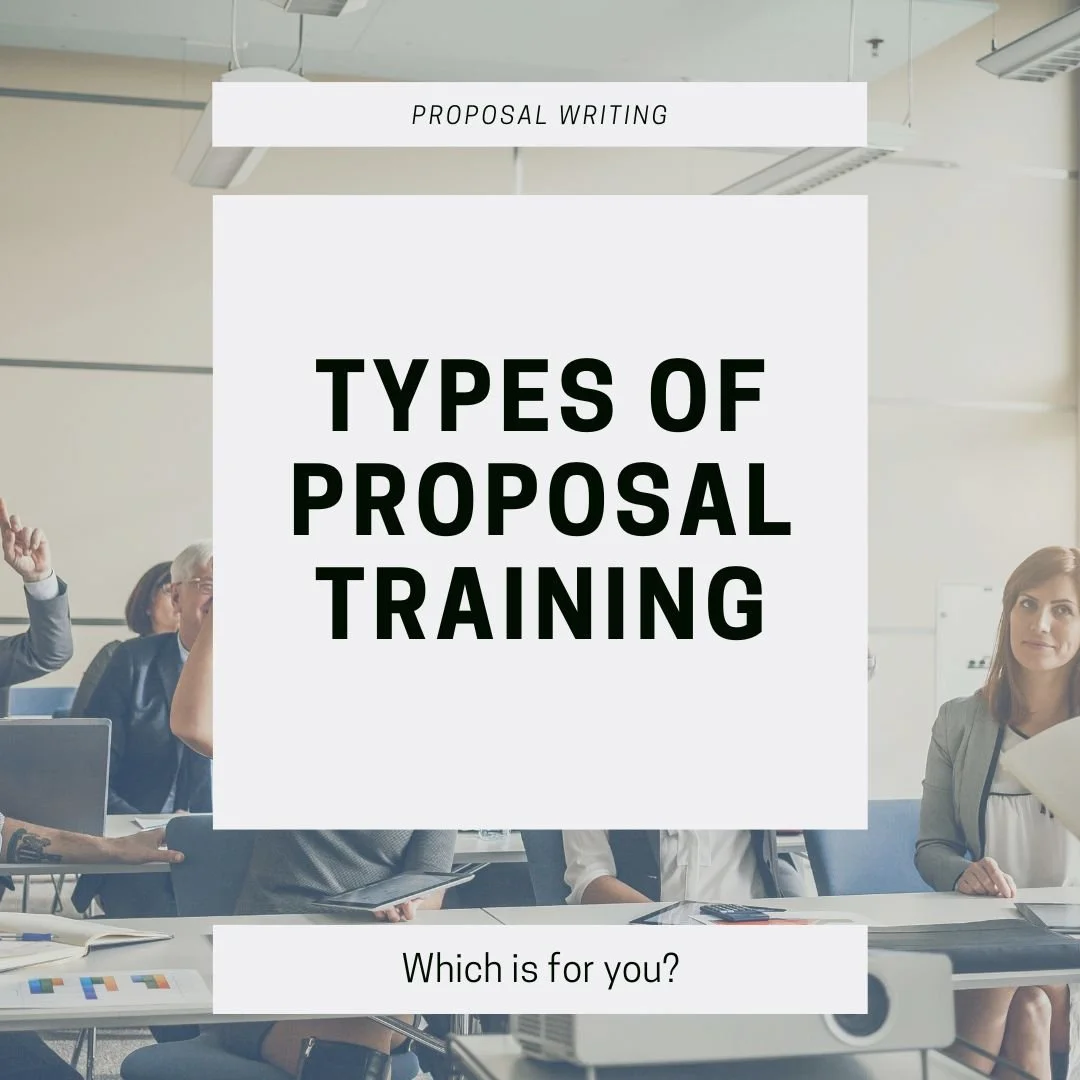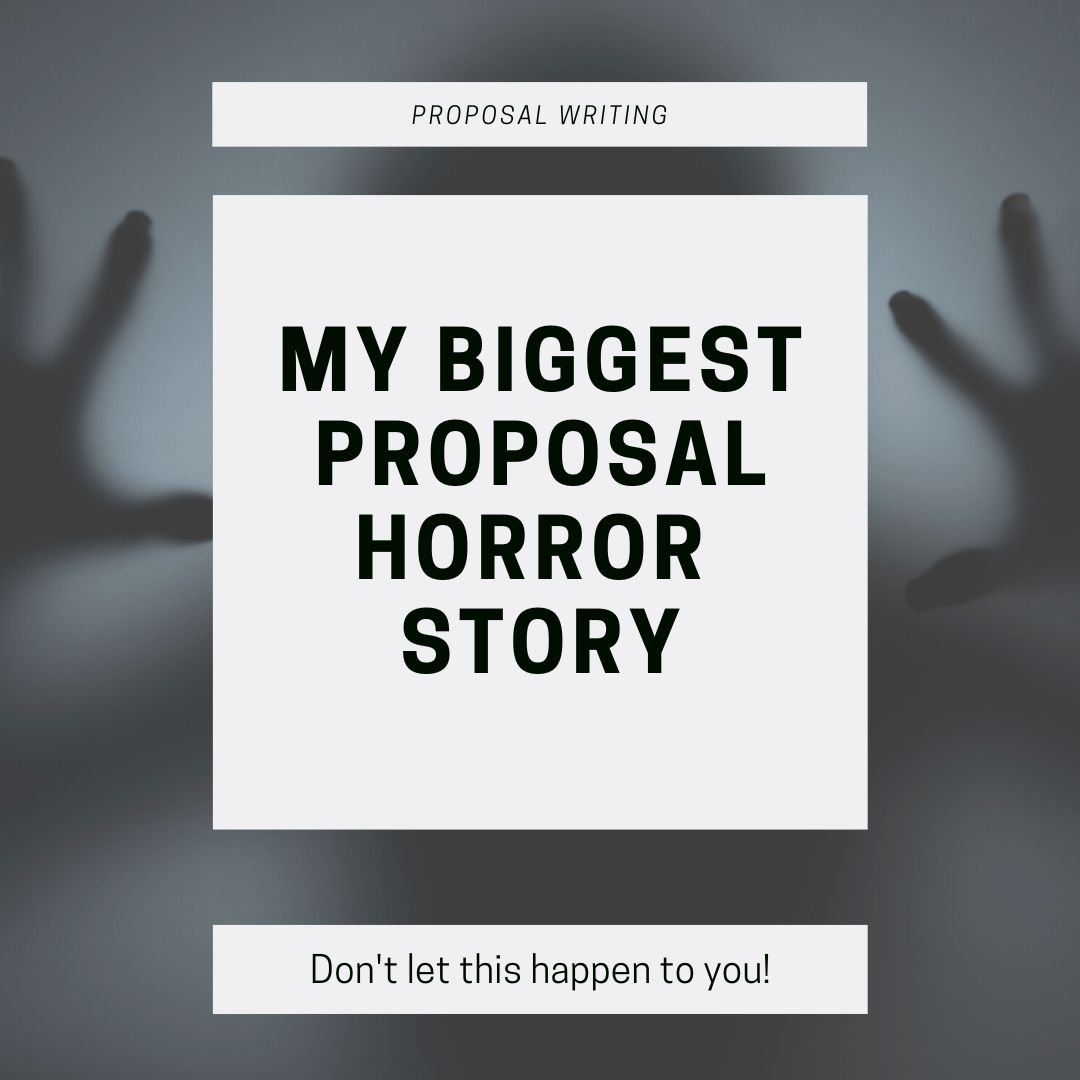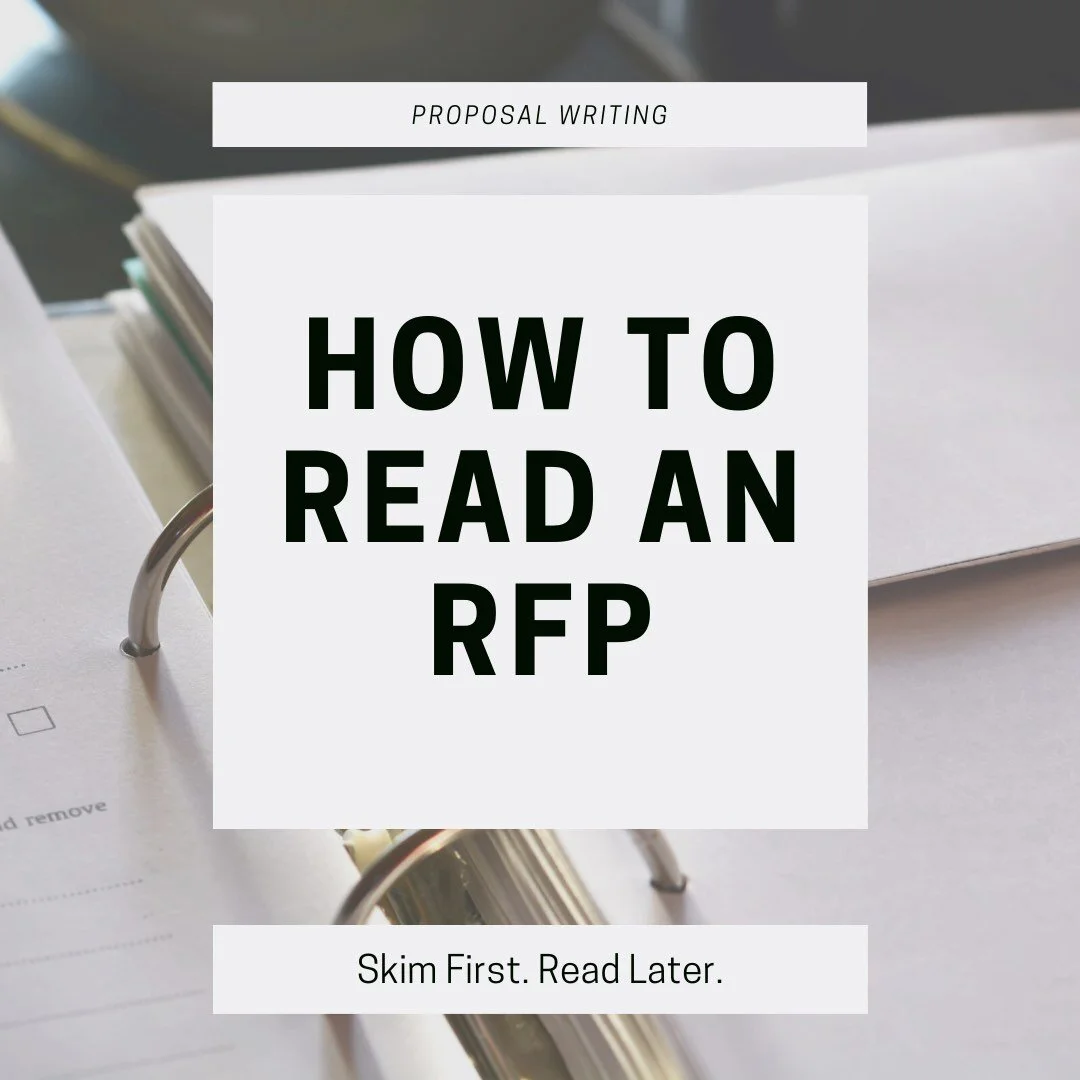Proposal writing is the act of creating a written pitch on a given subject. Good proposal writing requires a lot of forethought, understanding of your audience, and creative writing to persuade the reader.
Read MoreDeveloping a proposal is overwhelming, and creating a compelling proposal letter requires a lot of planning and strategy. It’s easy to think that your letter is simply a formality, but smart companies use the proposal letter as a way to position their solution against the competition.
Read MoreWhile we share tons of free information on our blog and YouTube channel, sometimes you need a bit more detail to help put some ideas into practice. Whether you’re brand new to proposals or looking to expand your existing skillset, there are plenty of trainings out there to help you grow.
Below is a compilation of a few different types of training that are perfect for proposal writers.
Read MoreThere are few proposal sections more talked about than the Executive Summary.
We get questions every week on this topic:
How do I write an executive summary? When do I include one? Do people even read it?
There are countless articles and videos out there sharing conflicting information about the Executive Summary, but there’s still one misconception that many people hold when they start drafting.
Read MoreOn a random November Wednesday many years ago I learned that a rainy day in Vegas is not the same as a rainy day in the Midwest.
That particular Wednesday was the due date for the largest proposal I had worked on up until that point. Estimated at $20 million per year with 4 optional renewal years (a total of five years), it was a lot of money, and a lot of work.
Read MoreThere are many methods to write a proposal. A popular approach is to copy and paste from past proposals to create a new one using your favorite sections. Or you might use an old template that was created years ago with outdated content that you update every time you send it out. Let’s not forget the wait-until-the-last-second-and-frantically-type-everything approach. No matter what group you fall into, rest assured that there is a better way that takes much of the stress out of proposal writing.
Read MoreThere are three main approaches to creating proposals. The first one is to write from scratch every time, which can be time consuming, frustrating, and inefficient. The second approach is to copy and paste from past proposals. This is more efficient but leaves room for error and repeated mistakes. The last, and best option, is to use a content library to save time and avoid mistakes. Let’s take a look at how you can implement this in your business.
Read MoreIf you’ve done much reading about proposals, then you know you are significantly more likely to be successful if you build a relationship with the buyer before they release the RFP. While this may sound great in theory, you might wonder: how do you actually do that?
Read MoreWhether you respond to RFPs or send out less formal proposals, when busy season arrives, there aren’t enough hours in a day to update your content. By prepping your content library for busy season in advance, you save many headaches down the road, and the improved proposal content will help you win more contracts.
Read MoreMany times, when you are creating a proposal, there is most likely at least one other competitor who is submitting a proposal at the same time. The competitive nature of proposals, especially in response to RFPs, makes it essential that your content highlights why your company is the best choice for the project.
Coming up with these differentiators can be difficult, however. Fortunately, there are a few questions you can answer to uncover just why your company is the best fit for a project. Read on to learn more.
Read MoreWhen submitting a proposal in response to an RFP, the biggest question everyone asks is “how do I know who else is bidding and what they’re proposing?” Read more to learn a few of our favorite tips for leveling the competition.
Understanding the RFP process as a seller is critical to your success. Each phase of the RFP process provides an opportunity to connect with the customer and position your company to win the contract. By developing an approach for each phase of the RFP process, you will see your RFP win rates increase and your business grow.
Read MoreUnderstanding an RFI vs RFP is critical to creating a sound proposal strategy. Learn about the difference between the two and how to change your approach.
Read MoreWhether you’re an expert with RFPs or this is your first time reviewing one, opening up that document can be overwhelming. Many RFPs are lengthy, filled with requirements, and structured in a way that makes it difficult to find exactly what you need. Thankfully, there is a way to make skimming an RFP easier so you can quickly find the important information and determine if responding makes sense for your company.
Read More













